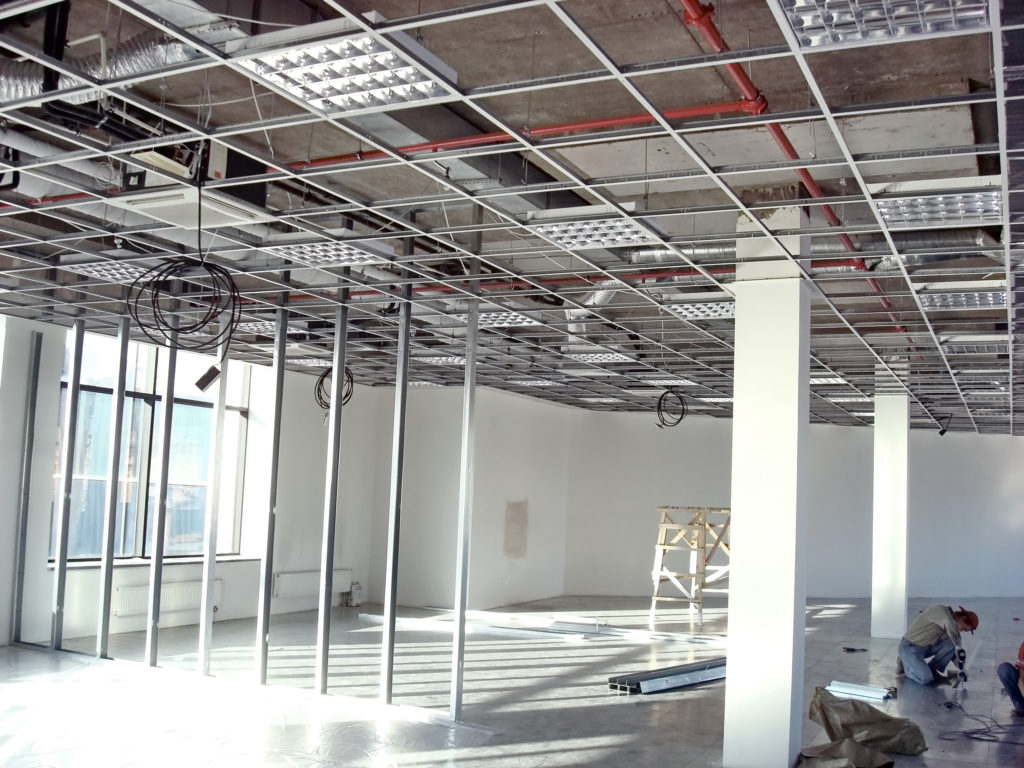
It’s rare to find office space that’s in ‘move-in’ condition. There is usually some amount of interior construction that will be required to accommodate your use of the space – and construction can be very costly. That’s where a leasehold improvement allowance comes in.
What is it
A leasehold improvement allowance (also known as a TI allowance, tenant improvement allowance or a TA) is a per square foot dollar amount that a landlord provides as a tenant inducement to help offset construction costs.
Landlords usually insist that the allowance be used for hard and soft construction costs and not for furniture, cabling or relocation expenses.
How it works
Few things in life are free, and leasehold improvement allowances aren’t one of them. Landlords amortize the leasehold improvement allowance into the net rent so that it’s paid back over the term of the lease. This means that the allowance will be based on a specific lease term and particular net rent.

For example, let’s say you are interested in is a wide-open 5,000 sq. ft. suite that needs to be built entirely from scratch, the landlord is offering $20.00 per sq. ft. leasehold improvement allowance for a 5-year lease term if you pay $16.00 net., and your designer/architect estimates that the construction will cost approximately $60.00 per sq. ft.
So, the landlord will contribute $20.00 per sq. ft. toward the construction costs (that you will pay back via rent during your lease), meaning your out-of-pocket $40.00 per sq. ft. to build your space.
Construction Cashflow Crunch

What many tenants don’t realize is a leasehold improvement allowance isn’t usually paid until your construction is complete, you can prove that the trades are paid and that the construction lien period has passed. If your revenue is lumpy, seasonal, or project-based, and you are not cash-rich, this can create cashflow challenges.
Financial Covenant Matters
‘Covenant’ or ‘creditworthiness’ of a tenant will influence a landlord’s perceived risk of providing a leasehold improvement allowance. Because landlords want to be paid back, they’ll want to be reasonably sure that you will be able to pay the rent for the lease term. Generally speaking, the longer your company has been in business, and the stronger your financials, the larger the allowance.
Have a question about leasehold improvements? Send me an email at jeff.daniels@royallepagecommercial.com.


